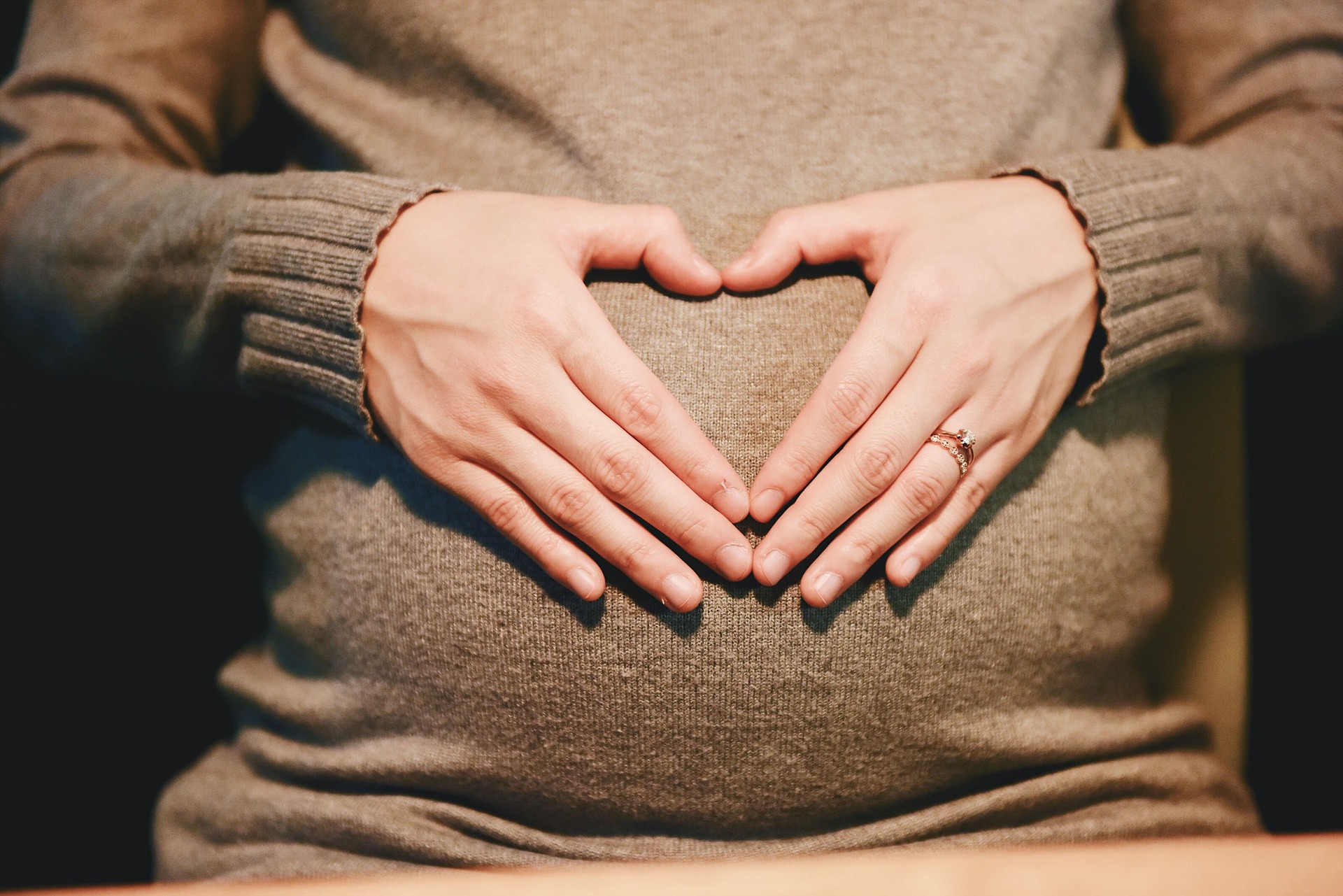Osteogenesis imperfecta
4. OI and pregnancy
OI does not seem to affect fertility and therefore women with OI can become pregnant. Mild forms of OI do not usually have major complications during pregnancy, but since it is known that during pregnancy and lactation bone mineral density can decrease (with subsequent increased risk of fractures), they should ideally plan pregnancy and control calcium intake and exercise during pregnancy. Some women may have increased bone pain (especially back pain as pregnancy progresses), increased ligament laxity, increased difficulty moving and dental problems (as in healthy women).
However, more severe forms of OI with short stature and deformities of the spine and rib cage may have an increased risk of medical and obstetric complications.
During pregnancy, the volume of blood circulating in a woman's body increases and the heart must adapt to this increased volume. On the other hand, as the abdomen is occupied by the growing foetus, the diaphragm has to rise and the lung capacity decreases. Therefore, pregnant women with OI and reduced lung capacity due to deformities of the spine and/or rib cage may have greater respiratory distress during pregnancy. Some obstetric complications have been described in women with OI: pre-eclampsia (high blood pressure, protein in urine, swelling...), placental abruption, premature delivery, uterine rupture... However, with the data currently available, it is not clear whether these complications are more frequent in pregnant women with OI than in healthy women. Although in general, the number of caesarean sections is higher in women with OI, the decision to perform a vaginal delivery or a caesarean section should be studied and agreed with the obstetrician, taking into account the characteristics of the woman and the foetus.
